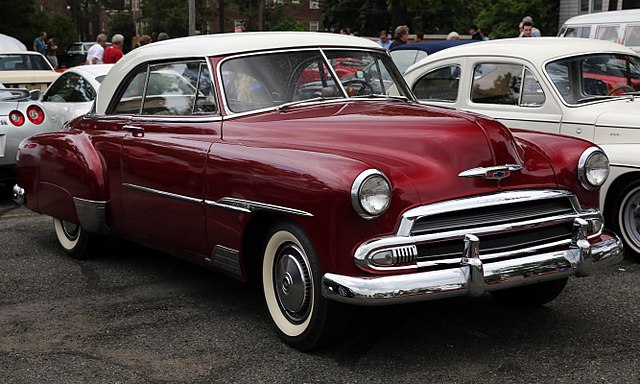
The Chevrolet Bel-Air first generation, produced from 1950 to 1954, marked the beginning of what would become one of the most iconic and beloved lines of American cars. This era introduced design and engineering innovations that set the stage for the automotive industry’s future. The Bel-Air not only captured the spirit of post-war America but also became a symbol of the country’s burgeoning automotive culture.
This article delves into the history, design, performance, cultural impact, and legacy of the first-generation Chevrolet Bel-Air.
Origins and Development
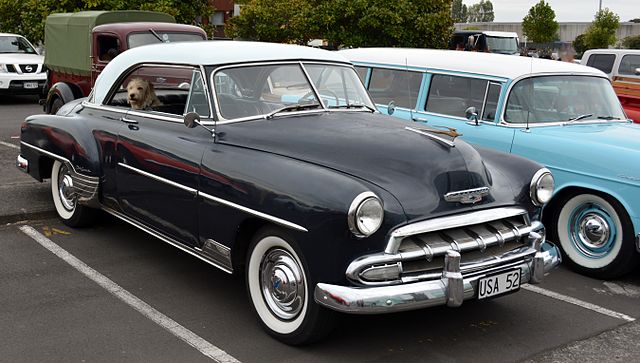
The Chevrolet Bel-Air was introduced in 1950, during a period of post-war prosperity in the United States. The name “Bel-Air” was inspired by the upscale Los Angeles neighborhood, reflecting the car’s intended status as a premium offering within the Chevrolet lineup. Initially, the Bel-Air designation was used for a unique body style, a two-door hardtop that featured no post between the front and rear side windows when the windows were lowered.
This period was characterized by Chevrolet’s efforts to revamp its offerings to better compete in the increasingly competitive post-war auto market. The introduction of the Bel-Air was part of Chevrolet’s broader strategy to diversify its lineup with more luxurious and stylish vehicles. The design and development process emphasized comfort, style, and driving pleasure, aiming to attract a wide range of buyers.
The first generation of the Bel-Air was built on the GM A-body platform, which it shared with other models in the Chevrolet lineup. However, the Bel-Air distinguished itself with unique styling cues and higher-end interior finishes. This period of development laid the groundwork for the Bel-Air’s evolution into an American automotive icon.
Design and Styling
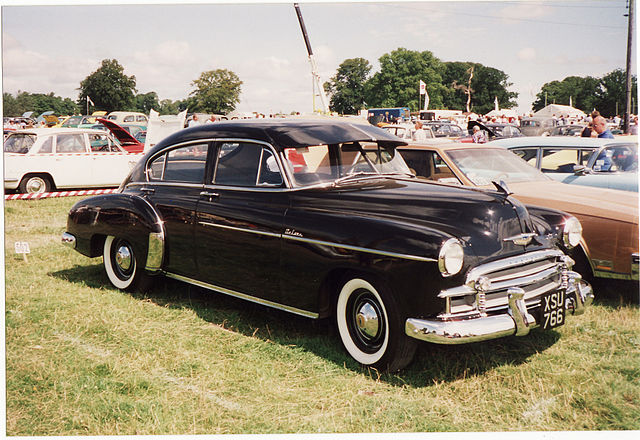
The design of the first-generation Chevrolet Bel-Air reflected the optimism and forward-looking spirit of the early 1950s. The car featured a sleek, streamlined look with rounded edges, chrome accents, and a distinctive grille that became a hallmark of Chevrolet design. The two-door hardtop model, introduced in 1950, was especially notable for its hardtop convertible look, which offered the sleek lines of a convertible with the practicality of a hardtop.
Interior design was another area where the Bel-Air shone. The first-generation models boasted a higher level of trim and luxury features compared to other Chevrolet models. This included plush upholstery, stylish dashboards, and, in later years, options like power windows and power seats. The attention to detail in the interior design reinforced the Bel-Air’s position as a premium offering.
Color played a significant role in the Bel-Air’s appeal. The model introduced the two-tone paint scheme, which would become synonymous with cars of the 1950s. This design choice added to the Bel-Air’s stylish image and allowed for personalization, as buyers could choose combinations that matched their tastes.
Performance and Technology
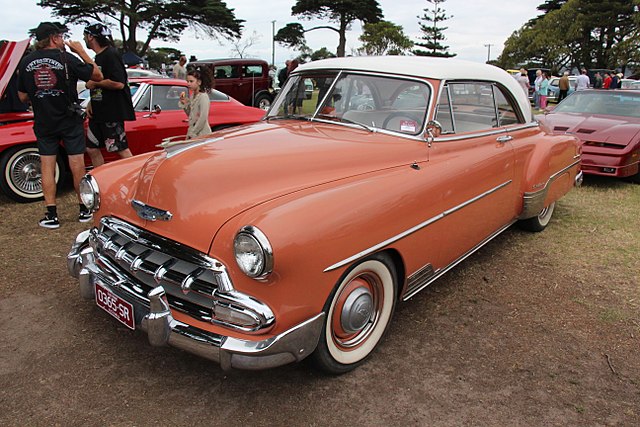
Under the hood, the first-generation Chevrolet Bel-Air featured engines and technology that were advanced for the time. Initially, the Bel-Air was offered with a 216.5 cubic inch inline-six engine, known for its reliability and efficiency. However, the introduction of the “Powerglide” transmission in 1950, a two-speed automatic, was perhaps the most significant technological advancement. This option marked one of the first uses of an automatic transmission in a mass-produced American car, enhancing the driving experience and accessibility.
In 1953, Chevrolet introduced the “Blue Flame” inline-six engine, which provided improved performance and efficiency. This engine, coupled with the Powerglide transmission, offered a smoother and more enjoyable driving experience. The Bel-Air’s performance capabilities were not just about speed but also about providing a comfortable and easy driving experience, which appealed to a broad segment of American drivers.
The Bel-Air also featured advancements in suspension and braking systems, which improved the car’s handling and safety. These technological innovations highlighted Chevrolet’s commitment to providing not only a stylish and comfortable vehicle but also one that was safe and reliable.
Cultural Impact
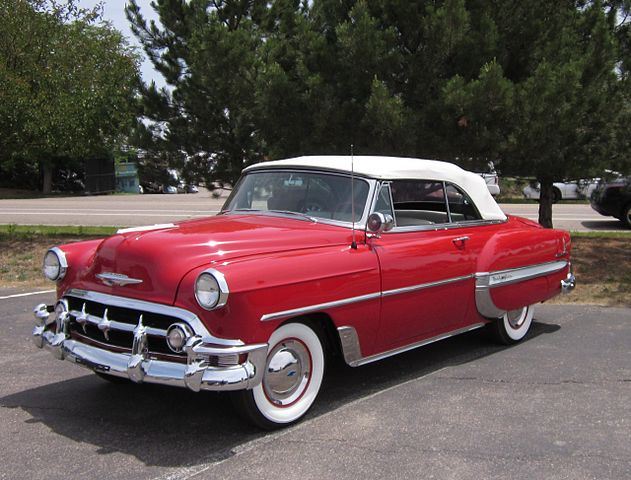
The Chevrolet Bel-Air quickly became more than just a car; it became a cultural icon, symbolizing the optimism and prosperity of the 1950s. Its appearance in movies, television shows, and other media cemented its status as a quintessential American car. The Bel-Air’s association with the era’s youth culture, music, and the emerging car culture contributed to its legendary status.
The design and style of the Bel-Air reflected the era’s aesthetic and social trends, making it a favorite among collectors and enthusiasts. Its presence at car shows and in classic car clubs continues to celebrate the model’s impact on American culture. The Bel-Air’s legacy is not only in its material aspects but also in its ability to evoke nostalgia for a bygone era of American history.
Legacy and Continuation
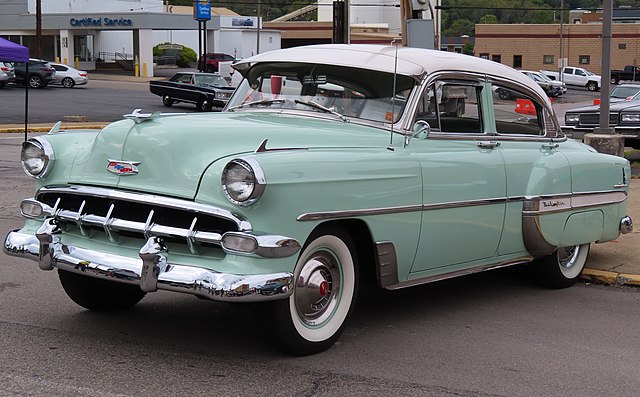
The first-generation Chevrolet Bel-Air laid the foundation for what would become a long and storied lineage. It introduced key design and engineering concepts that would evolve over the decades, maintaining the Bel-Air’s status at the forefront of American automotive culture. The subsequent generations would build upon the first generation’s innovations, introducing more powerful engines, advanced technologies, and even more distinctive styling. However, the essence of what made the first-generation Bel-Air a standout—its blend of luxury, style, and performance—remained a constant theme throughout its production life.
The legacy of the first-generation Chevrolet Bel-Air extends beyond its immediate successors. It influenced the design and development of other Chevrolet models and the broader automotive industry. The Bel-Air’s emphasis on a comfortable and stylish driving experience set new standards for what American consumers expected from their vehicles. This has had a lasting impact on how cars are marketed and designed, with a focus on not just the functional aspects of a vehicle but its emotional appeal as well.
Today, the first-generation Chevrolet Bel-Air is celebrated as a classic American car, with a passionate community of enthusiasts and collectors. Its significance is recognized in classic car shows, museums, and auto clubs around the world. The model’s enduring popularity underscores the deep connection between automobiles and American cultural identity, serving as a tangible link to a pivotal era in U.S. history.
The Chevrolet Bel-Air’s influence extends into the 21st century, inspiring modern car designs that seek to capture the magic and appeal of the classic American car. Its iconic status is a testament to Chevrolet’s innovation and vision in the early 1950s, proving that the Bel-Air was not just a product of its time but a timeless piece of automotive art.
In conclusion, the first-generation Chevrolet Bel-Air is much more than a historical artifact; it is a symbol of American ingenuity, culture, and the universal appeal of the open road. Its legacy continues to influence automotive design and culture, reminding us of a time when cars were not just modes of transportation but expressions of personality and style. The Bel-Air remains a beloved icon, capturing the hearts of those who appreciate the beauty, innovation, and spirit of classic American automobiles.
